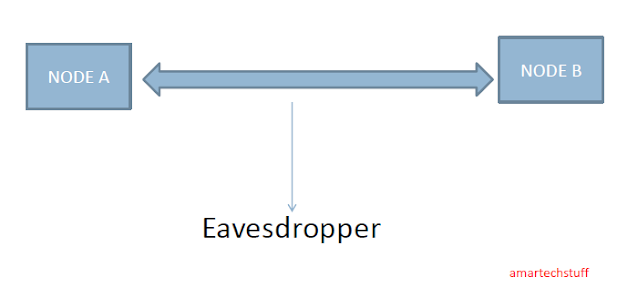Edge_Router>en
Edge_Router#
Edge_Router#
Edge_Router#
Edge_Router#config
Configuring from terminal, memory, or network [terminal]?
Enter configuration commands, one per line. End with CNTL/Z.
Edge_Router(config)#ntp server 115.252.242.1 ?
key Configure peer authentication key
<cr>
Edge_Router(config)#ntp server 115.252.242.1
Edge_Router(config)#^Z
Edge_Router#
%SYS-5-CONFIG_I: Configured from console by console
Edge_Router#
Edge_Router#sh ntp ?
associations NTP associations
status NTP status
Edge_Router#sh ntp associations
address ref clock st when poll reach delay offset disp
*~115.252.242.1 127.127.1.1 1 10 16 7 0.00 -2.00 0.12
* sys.peer, # selected, + candidate, - outlyer, x falseticker, ~ configured
Edge_Router#
Edge_Router#sh ntp stat
Edge_Router#sh ntp status
Clock is synchronized, stratum 2, reference is 115.252.242.1
nominal freq is 250.0000 Hz, actual freq is 249.9990 Hz, precision is 2**24
reference time is E287CFA2.00000054 (20:42:10.084 UTC Wed Jul 8 2020)
clock offset is 0.00 msec, root delay is 0.00 msec
root dispersion is 10.83 msec, peer dispersion is 0.12 msec.
loopfilter state is 'CTRL' (Normal Controlled Loop), drift is - 0.000001193 s/s system poll interval is 4, last update was 1 sec ago.
Edge_Router#
Edge_Router#sh clock
20:43:3.373 UTC Wed Jul 8 2020
Edge_Router#
==================================================================
SW1>en
SW1#config
Configuring from terminal, memory, or network [terminal]?
Enter configuration commands, one per line. End with CNTL/Z.
SW1(config)#ntp server 10.1.1.1
SW1(config)#^Z
SW1#
%SYS-5-CONFIG_I: Configured from console by console
SW1#sh ntp associations
address ref clock st when poll reach delay offset disp
*~10.1.1.1 115.252.242.1 2 7 16 311 0.00 -2.00 0.00
* sys.peer, # selected, + candidate, - outlyer, x falseticker, ~ configured
SW1#
SW1#sh ntp stat
SW1#sh ntp status
Clock is synchronized, stratum 3, reference is 10.1.1.1
nominal freq is 250.0000 Hz, actual freq is 249.9990 Hz, precision is 2**24
reference time is E287D1A5.000002D2 (20:50:45.722 UTC Wed Jul 8 2020)
clock offset is -2.00 msec, root delay is 0.00 msec
root dispersion is 20.84 msec, peer dispersion is 0.00 msec.
loopfilter state is 'CTRL' (Normal Controlled Loop), drift is - 0.000001193 s/s system poll interval is 4, last update was 13 sec ago.
SW1#
SW1#sh clock
20:51:7.338 UTC Wed Jul 8 2020
SW1#
Thanks for Reading
amartechstuff














